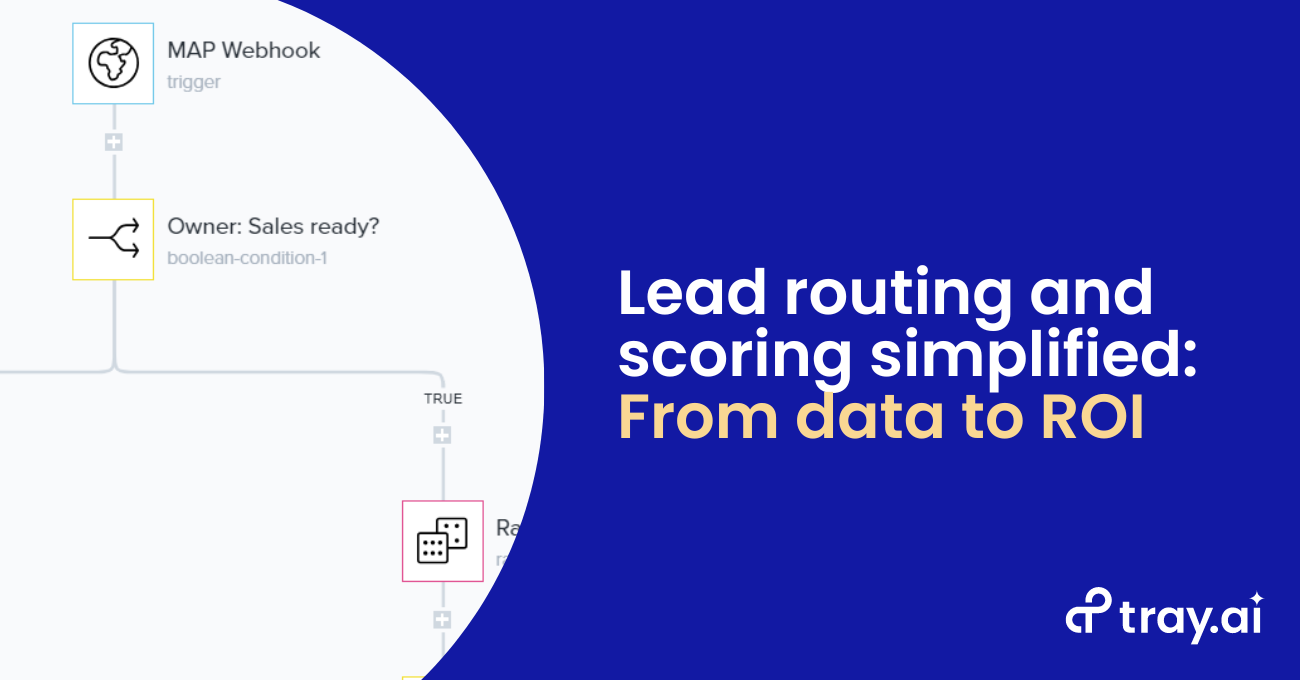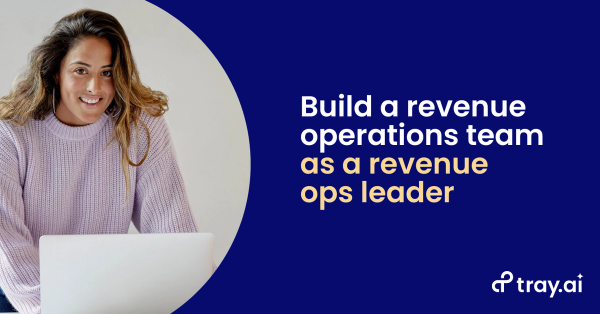Lead management is all about intent. Facilitating a prospect’s interest is an important step in eventually cultivating leads, but even the coldest leads can express intrigue without necessarily intending to buy. The goal should be to isolate prospects that demonstrate actual intent to purchase. If you can identify those leads, you’ve taken a critical step toward creating, and closing, an opportunity.
This is easier said than done, but not for lack of existing data about a prospect’s intent. The data that signifies intent is everywhere (more on this later). The hard part is building processes using that data to accurately and efficiently score and route leads. It’s about asking: What are the real opportunities, and what types of processes will enable you to filter them deeper into your sales funnel and convert those leads ASAP?
Use data as a means to an end
Data is crucial insofar as it gets you closer to measurable, pre-defined company goals: Higher close rates, industry leadership, and consistent revenue growth. In other words, don’t confuse data for value. Data can be found, but value must be built using that data as its foundation.
With that in mind, let’s say marketing has generated a trove of leads to pass to sales. In order to use that data to maximize sales output, there must be an easy way to identify and prioritize leads based on buying potential.
Identify and act on intent
First, it’s crucial that you identify, enrich, and qualify incoming leads through the use of a lead scoring workflow that helps facilitate these workflows.
A digital trail is left behind each time a lead visits your site or takes an action. Those digital footprints, when followed, reveal whol eads are, where they come from, howt hey found you, and (perhaps most importantly), their purchasing intent. By translating intent into a score, reps can identify and convert the top leads into paying customers.
Here’s how it works:
Step 1: Capture data across your cloud stack
For many enterprises, data gathered from webpage interactions is the go-to metric for lead interest. But rendering a complete picture of customer intentr equires a deeper comprehension of digital behavior exhibited by leads across multiple channels.
By identifying and capturing data across your core tooling, you can develop an understanding of a buyer’s digital body language, so to speak. Some of the key sources of this data include the following:
- Website analytics: Google Analytics, Adobe Analytics
- Website chat: Intercom, Drift, Olark etc
- Customer data platform: Segment, MParticle
- Marketing automation: Eloqua, Marketo, Salesforce Pardo.
- SDR automation: Outreach.io, YesWare, SalesLoft
- CRM: Salesforce, Microsoft Dynamics, Oracle CRM, ProsperWorks, PipeDrive
- Product analytics: Pendo, Mixpanel, Amplitude Analytics, Heap
- Databases: PostgreSQL, Redshift, Snowflake,Google BigQuery
- Any application with an API
Step 2: Identify lead data that demonstrates intent to buy
Some data types are more telling of a lead’s buying posture than others. In particular, businesses need to focus on the following:
- Demographic data: Do leads from certain geographies buy your product or services more often than those from other locations? Further, what data tells you a “lead” is
- really spam, or simply not someone sales should engage?
- Firmographic data: Are reps closing more deals within companies of a certain size, market, or industry?
- Behavioral data: Which activities – web visits, downloads, memory usage, engagement – correlate to more sales opportunities?
Step 3: Generate a lead score
The next step is to unlock those data points and run each behavior and attribute through a custom scoring algorithm. The scoring criteria are based entirely on your business and the data points that matter most for sales. It is tailored for your sales teams, and can be updated by adding and subtracting attributes as needed.
Most importantly, scores are updated based on lead activity, allowing reps to identify and engage with leads as they heat up.
Step 4: Append scores to your CRM
Finally, your CRM must serve as the single source of truth, for both your business and your sales team.
With a scoring algorithm in place, you can loop through every lead in your CRM to apply a score and a corresponding tag of High, Medium, and Low. Sales reps are now capable of engaging with the right leads, at the right time, to generate more revenue.
For example, a prospect that requests a demo would automatically have a score boost within the CRM before anyone even opened that message. This trigger makes sure that no opportunity is missed, and the sales reps’ attention is not diverted to leads that will most likely never convert.
Put leads on the proper path to conversion
Finally, leads must be routed to the correct sales rep, which only happens 75% of the time. The fact that one in every four leads is lost has nothing to do with the data itself and everything to do with the workflows associated with that data.
How do you amend this problem?
The answer is to create sequential integrations between your marketing and sales apps. These pipelines automatically direct the flow of data from app to app, and use triggers to prompt further action between them. This makes it much easier to automatically route leads to the appropriate reps based on real-time data values that exist within your applications .
A closing thought
The precise order of operations at any business will, and should, vary according to the needs of that organization, but the ultimate goal is the same: Put data to work in such a way that it will create value.
Do that, and you’ll achieve measurable outcomes time and time again.




